FAST FACTS
- Acquiring a new customer costs 5x – 25x what it costs to keep an existing customer
- Increasing customer retention by just 5% can boost profits from 25% – 95%
- Helping customers Get Little Unexpected Extras can be the GLUE that keeps them from churning
Customers are what keep companies in business. If your startup is too focused on long-term gains, you may lose sight of the customers you need to stay loyal now in order to build growth. It’s the reverse of the classic “seeing the forest for the trees” problem: Unless you begin to care about keeping every little plant/customer happy, your business’s entire ecosystem could suffer.
The good news is that, while many startups forsake their customer service roles for the sake of efficiency, smaller businesses actually have lots of advantages when it comes to customer service. These advantages include a small customer pool, a high employee-to-customer ratio, and the lack of entrenched practices that makes startups so agile to begin with.
If a startup is able to harness all of these advantages, they can provide an extra cherry on top in the form of value-added services that make customers that much more sticky. A third-party warranty company, for example, could add roadside assistance loyalty programs to their menu of low-cost add-ons to make their services that much more comprehensive.
Mining your industry for opportunities and taking advantage of your unique position is what startups are all about, after all. You can use the following 4 startup customer retention tips to put that philosophy into action and start growing your business rapidly through legions of loyal, happy customers.
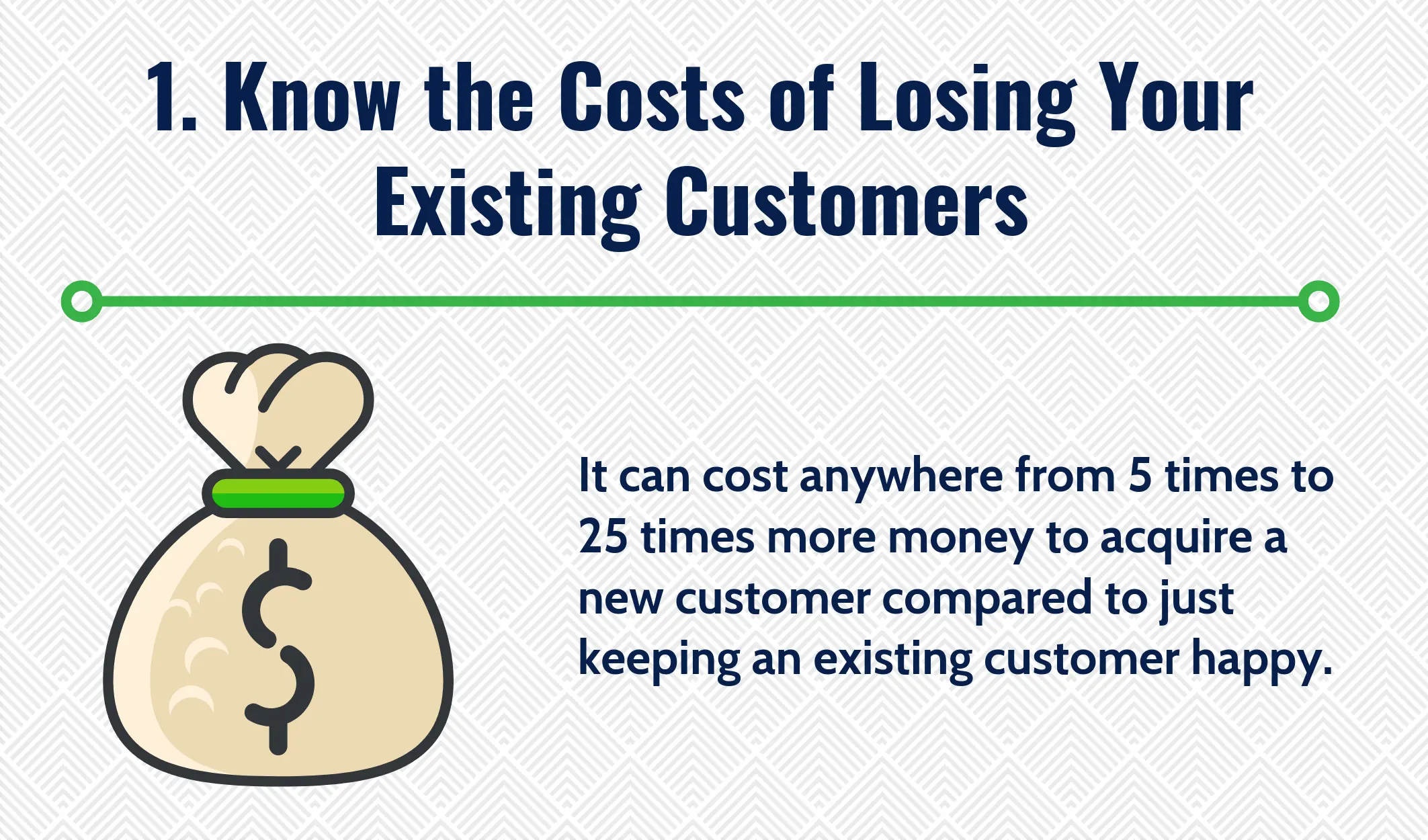
Know the Costs of Losing Your Existing Customers
The first way to make customer retention a priority for your startup is to consider the costs of losing customers. Once you realize how expensive customer churn can be, retention will likely emerge as a priority for everyone across all levels of the organization.
There are a number of eye-opening statistics about customer retention that have been floating around the business world for years. One of the most notable is the fact that it can cost anywhere from 5 times to 25 times more money to acquire a new customer compared to just keeping an existing customer happy.
On the other hand, each customer you keep can help boost profitability while making your business more nimble and responsive to market changes. According to the inventor of the net promoter score (more on this below), increasing your customer retention rates by just 5% can increase profits anywhere from 25% to 95%.
Create a Program for Managing and Measuring Customer Retention from Multiple Angles
As the old saying goes: “You can’t manage what you don’t measure.” Putting a number to your customer service successes and failures therefore plays a huge part in finding long-term retention success.
““As companies face greater pressure to grow both quickly and responsibly, we are placing more value on customer retention as a barometer for long-term success,” writes Dale Chang of Tech Crunch, adding that his industry is “seeing smart startups invest in measuring customer happiness in more sophisticated and consistent ways.”
The most commonly accepted rate used by larger businesses these days is the net promoter score. It measures the difference between the ratio of happy or satisfied clients to the ratio of unhappy clients. The end result is an index that represents whether your new leads are likely to hear good things rather than bad things about your company.
However, you don’t have to treat Net Promoter score or any other recommended metric as your holy grail of customer satisfaction. In fact, you should seek out the metric that best represents how you as a company serve your customers. For instance, the company DocuSign measures customer engagement by the volume of digital envelopes it sends, whereas the company Textio measures the volume of job requisitions recorded on their platform.
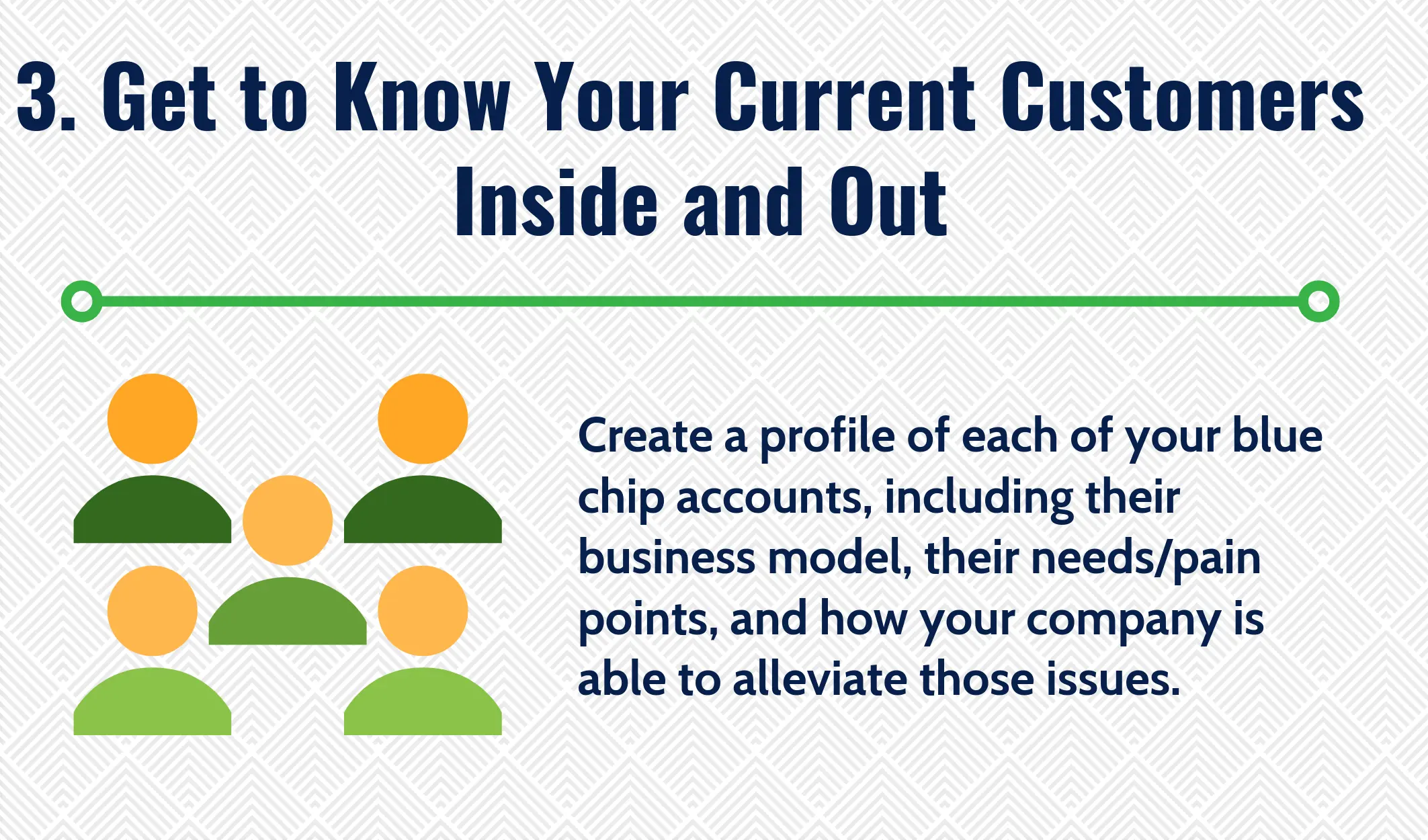
Get to Know Your Current Customers Inside and Out
The small size of startups actually offers one of their biggest customer service advantages. Without enormous, diversified customer pools, they can become deeply familiar with individual accounts.
A startup can get to know its customers just like a local hardware store owner knows everyone in the neighborhood. Create a profile of each of your blue chip accounts, including their business model, their needs/pain points, and how your company is able to alleviate those issues. Feel free to interview certain customers in order to get a deeper feel for how your relationship works from their perspective.
Also, never overlook the value of an unhappy customer as an informational resource. Always offer these departing customers the chance for a brief exit interview of sorts on their terms.
The key is to come up with a single, open-ended question that lets the departing customer feel like they can vent honestly. Software-as-a-Service (SaaS) company Groove learned that they could bump their customer exit survey response rate nearly eightfold by moving from a drop-down survey to a simple “What made you cancel?” email.
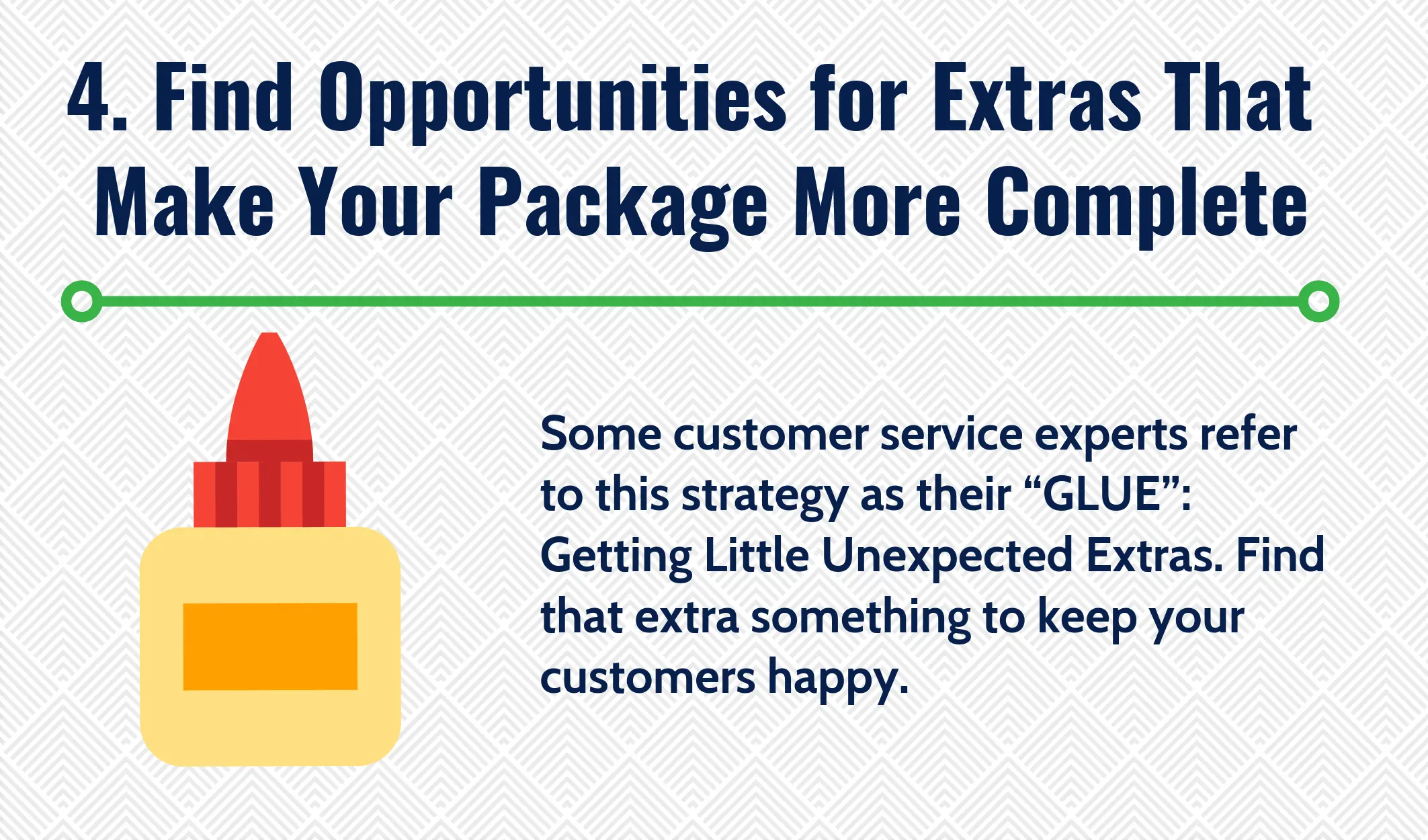
Find Opportunities for Extras That Make Your Package More Complete
A surefire way to keep your customers is to provide them with little value-add extras that your competitors don’t offer. Some customer service experts refer to this strategy as their “GLUE”: Getting Little Unexpected Extras.
As an example, we at Encore Protection were able to offer a trucking financing company the ability to bundle roadside assistance loyalty programs within their services. Because of this add-on option, TAFS, Inc. was able to pitch their services as a complete customer care option for their accounts receivable financing clients.
Now, in addition to offering fuel cards and tire discounts, TAFS, Inc. can offer their trucking customers peace of mind as they haul their freight across the country. The value-add service provides a physical component to TAFS’ financing options, creating a more-complete idea for how the company looks after its customers.
Find Your Own GLUE, Like Roadside Assistance Loyalty Programs, To Make Your Customers Happier Than Ever
In the end, customer retention demands proactive strategies to quantify your customers’ needs and offer ways to fulfill them. Whether that’s through value-add programs like roadside assistance loyalty programs or by anticipating their needs the way that local businesses can, you owe it to your startup and all your customers to find ways to show that you care.

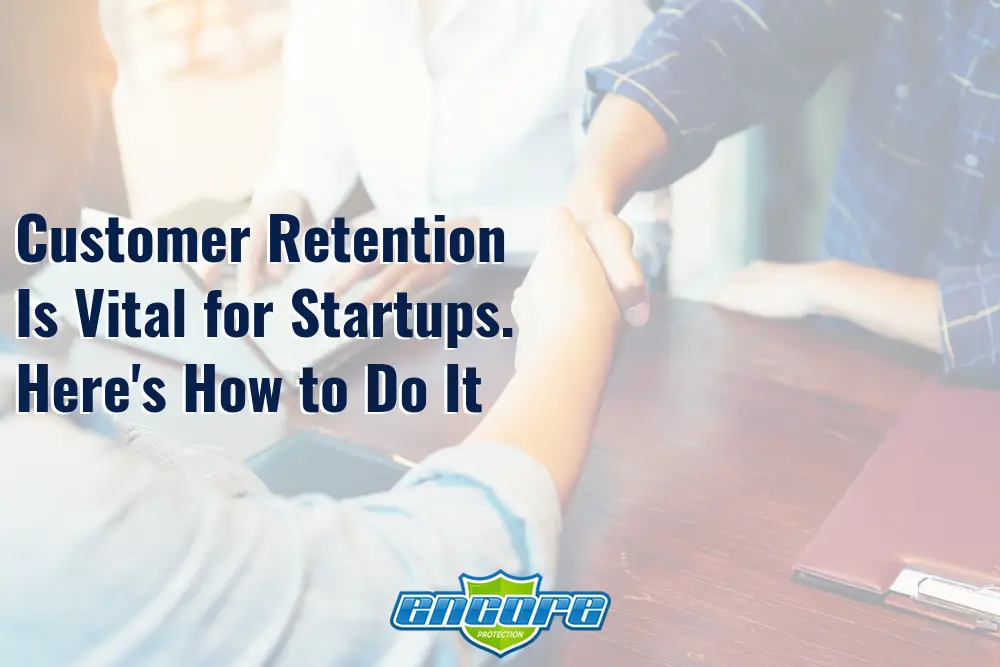
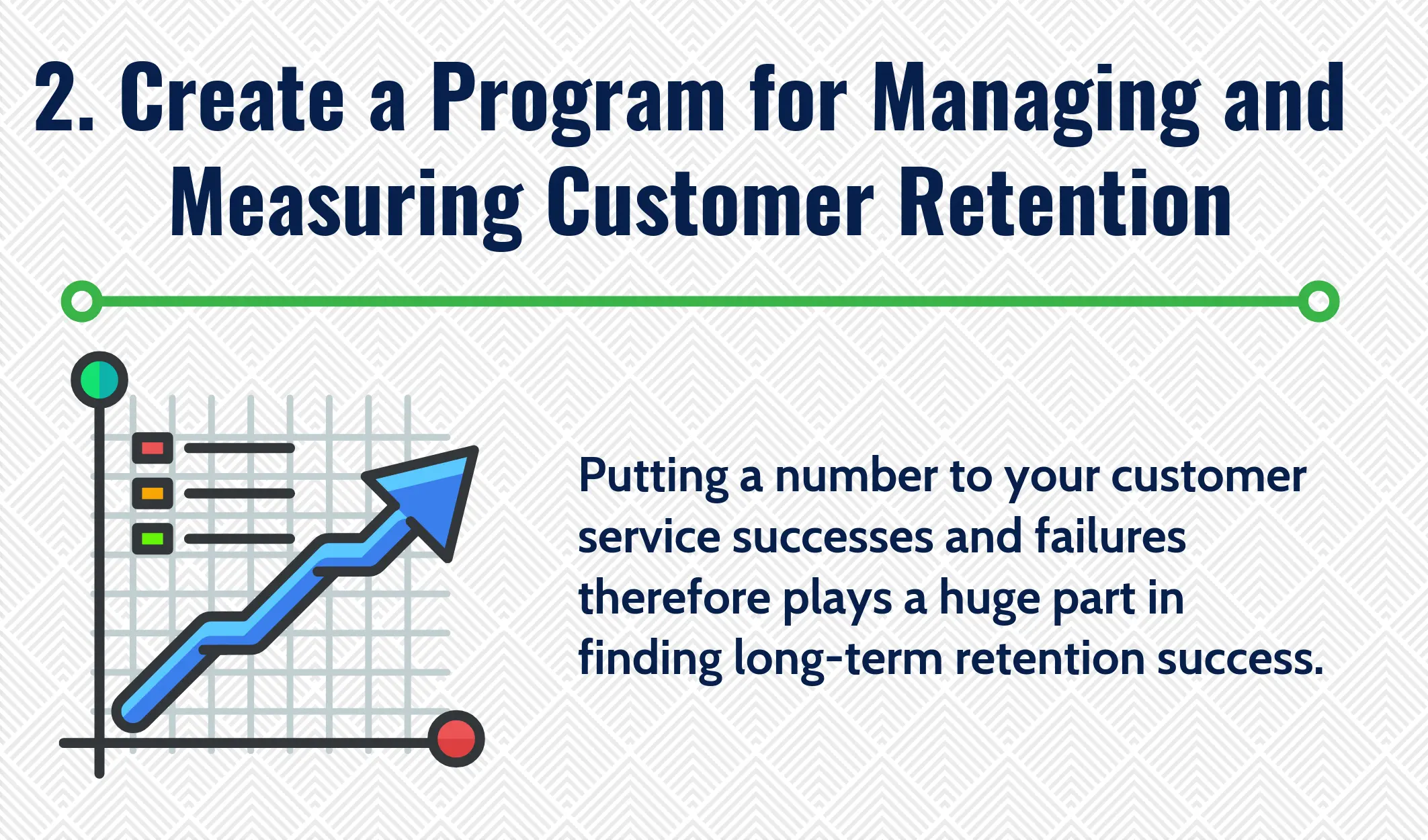
Comments are closed